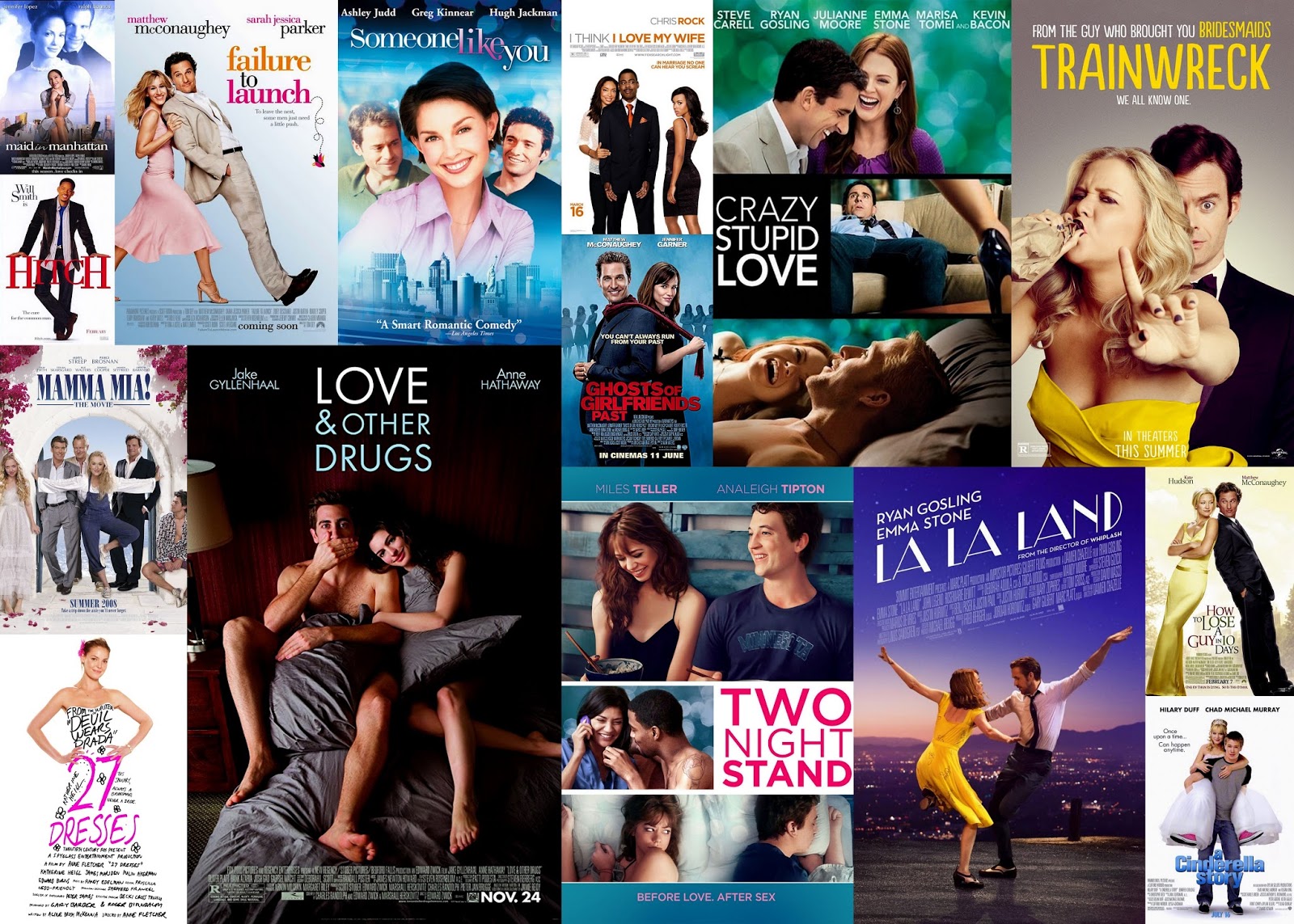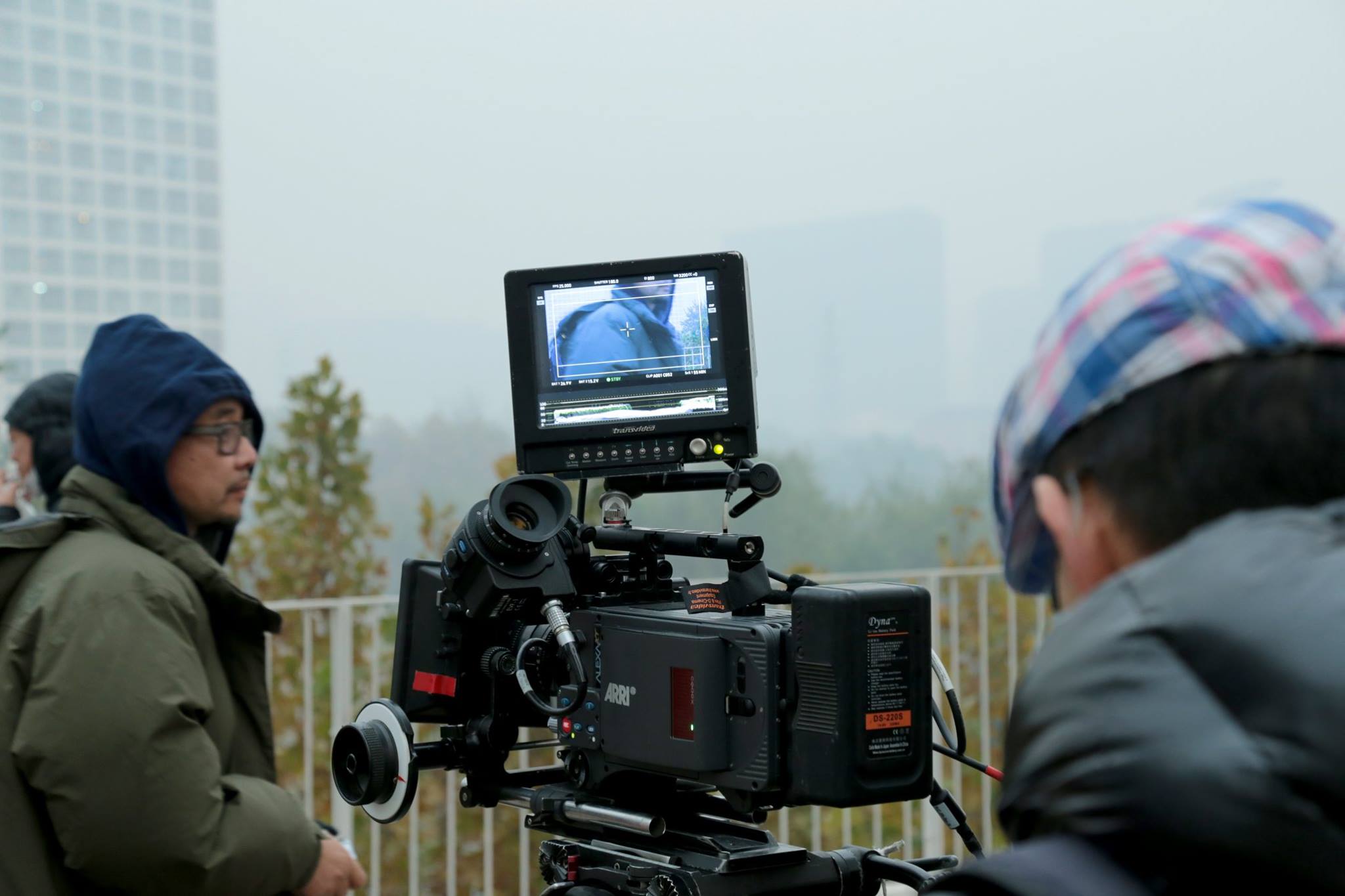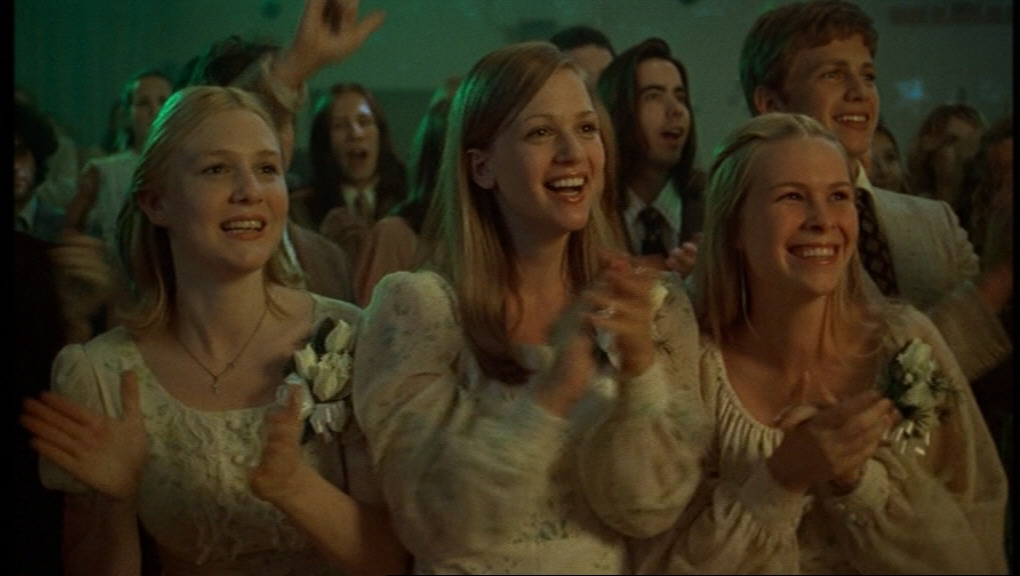The romantic comedy. It’s a genre chock full of cliches and tropes. It’s these elements that have turned it from a genre full of funny and tender moments to one that goes with the easy route. It wasn’t always this way. Romantic comedies were once considered so good they would win awards galore, but now they’ve been relegated to simple fodder to keep the lower register of film watchers satiated. Here we’re going to go over the history of this genre, briefly touching on its evolution and eventual de-evolution. With all that said, let’s get down to it.
The Beginning
The film has been around since the very beginning of the 20th century. So to understand what created this genre we have to first understand the film itself. As films were being made, genres were being crafted and it was obvious this visual medium could tell interesting stories. From that very simple premise, an even simpler idea came about, and that idea was ‘boy meets girl.
Early Examples
Many of the early films in this genre were more screwball in nature. By that I mean they were often more funny than romantic, with movies such as the Academy Award winner for Best Picture in 1934 It Happened One Night which sees an unlikely pair of Claudette Colbert’s rich aristocrat’s daughter Ellie and Clark Gable’s hardened newspaperman Peter Warne. In the below example we’ll see parts of the screwball comedy I’m talking about, but also perhaps some flirtation.
Ellie proves she can catch more flies with honey than Peter can with vinegar. But notice how Ellie’s eyes stayed fixated on his failure, or after Peter’s failure, he looks to Ellie like a wounded puppy. It’s a subtle flirtation prevalent during the time of the Hollywood Production Code. In another excellent example of building sexual tension in HPC Hollywood, we’ll look to the 1940s The Philadelphia Story. In this Katherine Hepburn is torn between a fling with a writer (Jimmy Stewart), an upper-class lover she plans to marry, and then there’s her champagne swilling ex-husband (Carey Grant.) In this example, we see the fast dialogue and subtle jabbery that was used in place of smoldering or lust at this time.
Grant and Hepburn work their characters as if they have a history, and if you’ve ever seen 1938’s Holiday you’d see this as a pseudo-sequel as if perhaps this couple fell in and out of love, and now this is where we are. As we move towards a different type of “RomCom” in the ’50s and 60’s we’ll see a slight shift in the tone and direction.
Same Story, A Wilder Formula
The ’50s and ’60s saw a shift to more straight-lined romance with the now-common “want what you can’t have” trope as a prevalent thematic element. There are two fantastic 50’s films that exemplify this trope; the first being Sabrina from 1954. In this Humphrey Bogart’s Linus falls for his brother’s girlfriend Sabrina (Audrey Hepburn) who happens to be the daughter of the family’s chauffeur. Below Linus confesses this love.
Our second example comes from the 1960 winner for Best Picture The Apartment. In this Jack Lemmon’s Bud Baxter is infatuated with the elevator girl at his office (played wonderfully by Shirley MacLaine.) In this scene, they have a one-on-one talk about the previous time they had set up a date (and how she stood him up.) Meanwhile, the past escapades of the man she stood up to Baxter have come to light via his secretary (and former fling.) Some comedic irony returns as Baxter shows back up unaware but still eager to impress Ms. Kubelik.
Both of these films, outside of the trope previously discussed, have one other thing in common, director Billy Wilder. Wilder crafted these romantic comedies with a steady hand that I would liken to that of how Nolan crafted his Batman trilogy. There’s the wonderful cut of Ms. Kubelik’s face as well as that of Bud’s during the introduction of the bowler hat. It’s used as a catalyst to the kind of objectification of the rejection he’s about to experience.
Quirk and Circumstance
During the mid-’60s and ’70s, romantic comedies tended odd and interesting premises, and many will site 1967’s The Graduate for that evolution. In this film, Dustin Hoffman’s Ben Braddock is the lover of the older Mrs. Robinson (Anne Bancroft), but he also loves her daughter Elaine as well. In the below scene it all blows up in Benjamin’s face, but what he did is never said.
It’s a unique spin on this genre and director Mike Nichols (R.I.P) handles it perfectly. Another interesting and unique setup is 1971’s, Harold and Maude. In this film, a rich teenager who is obsessed with death meets and strikes up a friendship with a 79-year-old woman named Maude who could be more opposite. This one shows what happens when Maude turns 80 and decides that’s long enough for her.
This odd couple formula would later become a trope repeated throughout the genre, but never with such a mix. An older woman and a younger man, and in Harold and Maude’s case the extremes of both, but we’re not done changing the genre in the ’70s yet. In 1977 Woody Allen blew the doors off of the genre with his Best Picture winner Annie Hall, particularly its ending. Most of these feature the boy and the girl as a couple Allen; bucked that tradition while also giving us an odd couple that should not have worked together. In this scene, Allen’s neurotic character is dealing with a slight annoyance.
Interesting that his camera break is shared with the man he’s talking about. It’s a surreal thing, and it is that surrealism that truly makes Annie Hall a game-changer. That and the ending, oh how I wish I could share with you the ending. You’ll just have to see for yourself!
Redefinition by Proxy
The 1980s saw the romantic comedy once again shift both in tone and demographics. Where previously it was always sort of older adults or people with their lives somewhat together falling in love in these movies the ’70s showed us you can be a bit screwed up in love. Here in the ’80s, we saw some teen RomCom’s as well as another small evolution in the narrative of these flicks. John Hughes was part of the teen RomCom’s ascension in the ’80s and one of his biggest examples is 1986’s Pretty in Pink. Not only does it feature the guy who wants the girl he can’t have ( and never gets), but it takes the neurotic hero and turns her into a red-headed heroine named Molly Ringwald. Here she falls for the wrong guy in Blaine, and after not being able to locate him is upset.
This scene highlights the opposites attract trope from earlier as the middle-class Andie tries to deal with rich Blaine’s supposed shame of her. Another classic 80’s movie that exemplifies the RomCom is Rob Reiner’s 1989 classic When Harry Met Sally. Here two people in New York meet and might be friends, or almost lovers. In this scene, Billy Crystal’s Harry explains to Meg Ryan’s Sally why that cannot be.
It’s here in the battlegrounds of love that this film sets itself apart from its other contemporaries. In addition, this film introduced us to a gal who would be used quite frequently in romantic comedies in the coming decade of the ’90s, and it is this decade that’ll see the RomCom ascend to new heights, and create new stars who would eventually become household names.
Taking It To New Heights!
In the 1990s the RomCom saw itself taken to the forefront of the box office, and return to the award podium as well. With our first example of the changes made to the genre, we’ll look to Nora Ephron’s 1993 film Sleepless in Seattle. In this scene, Tom Hanks’ Sam explains an odd situation that happened to him. This is our plot but it’s also so much: let’s watch!
As the decade continued, we got more mature and satisfying romantic stories, and likewise, the Academy began to recognize them. 1990’s Pretty Woman,1994’s Four Weddings and a Funeral, and 1997’s As Good As It Gets all received nominations for or won Oscars. Then came 1998, and with it brought about yet another change. We saw RomCom’s like the Farrelly Brothers’ There’s Something About Mary, and the Adam Sandler classic The Wedding Singer. It’s this little movie that showed pure comedy with subtle romance was the new formula for success. In this scene below Sandler’s Robbie Hart explains why he may have lost the girl he thinks he is supposed to be with to his fellow passengers in first class.
This film does an excellent job of satirizing the very tropes we’ve been going over. This scene is equal parts Say Anything and Trouble in Paradise. It highlights just what romantic comedies can do. Make us care about characters, and when done correctly make us feel. On the tail end of the 1990s, the RomCom sank towards the lower branches of the narrative tree with things like the very funny American Pie, Never Been Kissed, and She’s All That. This bled its way into the first decade of the 21st century which saw weak displays in Keeping the Faith, American’s Sweethearts, and Get Over It (which I coincidentally really like.) However all was not lost in the genre as the unexpected success of My Big Fat Greek Wedding seemed to lead to better movies in this genre, at least for a time.
Falling Back on their roots
While the end of one century and the beginning of another saw scarcity in the amount of quality RomCom’s being put out there were some gems, however, sadly the gems are but a mirage in a desert full of cliches. Here we’re going to see an example of that sort of bad filmmaking in this 2002 film The Sweetest Thing.
Its failed attempts at shock humor don’t permeate with the same effect that Cameron Diaz’s aforementioned film There’s Something About Mary did. Within the slew of awful RomCom’s that came out just in the first half of this decade, you could imagine people growing tired of it. Of the 55 films in this genre released between 2000-2005 only around 8, I would say are memorable, or even good. Let’s talk about one of those Judd Apatow’s 2005s masterpieces The 40-Year-Old Virgin. In this scene here Andy’s (Steve Carrell) co-workers have found out he’s a virgin and they’d all like to help him fix this.
Apatow’s contemporary spin on the dishing out of lessons is great here. Mooj (Gerry Bednob) dishes out wisdom in a wonderfully obscene manner that tonally fits but likewise is a pleasant shock. In the end, Andy gets some good advice dished out interestingly. This is something that continues throughout this film.
Modern Times
This is a genre that is oftentimes cliché riddled, but there is still hope. In the last decade, we’ve seen a rise in original and interesting RomCom’s. Revitalization for the genre whether it’s director Marc Webb’s evisceration of the genre in his now-classic 500 Days of Summer or Spike Jonze’s uncompromising perspective of a near-future romance in his Oscar-winning Her, and lastly lest we not forget Zach Braff’s magnum opus Garden State which will provide us with our final clip here, with that is we’re going to say spoiler alert, because it’s the end of the movie. Ahh, who cares most of you haven’t seen this movie and probably won’t so watch here as the formally numb to the world Andrew Largeman evokes emotion for what might be the first time in his life.
In Closing
I tried not to highlight too many of the tropes but instead to show where they might have come from, to give you all a look into what’s created this polarizing genre. There’s so much more to be said and if you’d like to have that conversation please PLEASE feel free to tweet me, Facebook us, or hit us up on Insta @FilmSnobReviews or discuss it in the comments below! Would you like to see us do more dissections? If so, what genre next?


